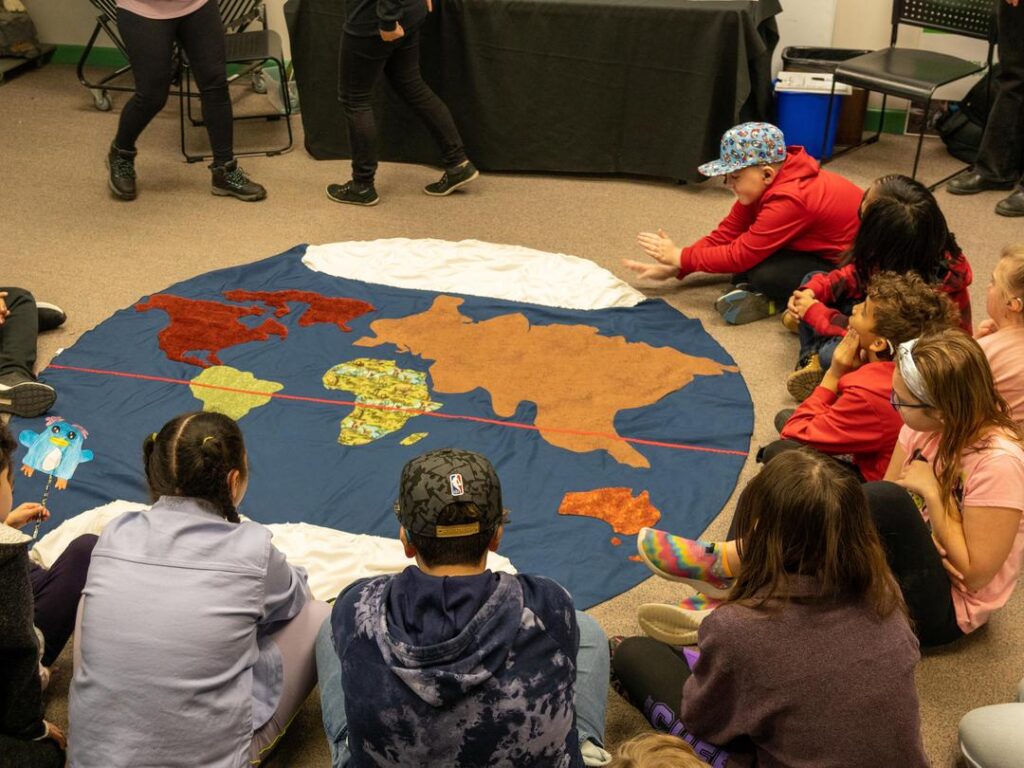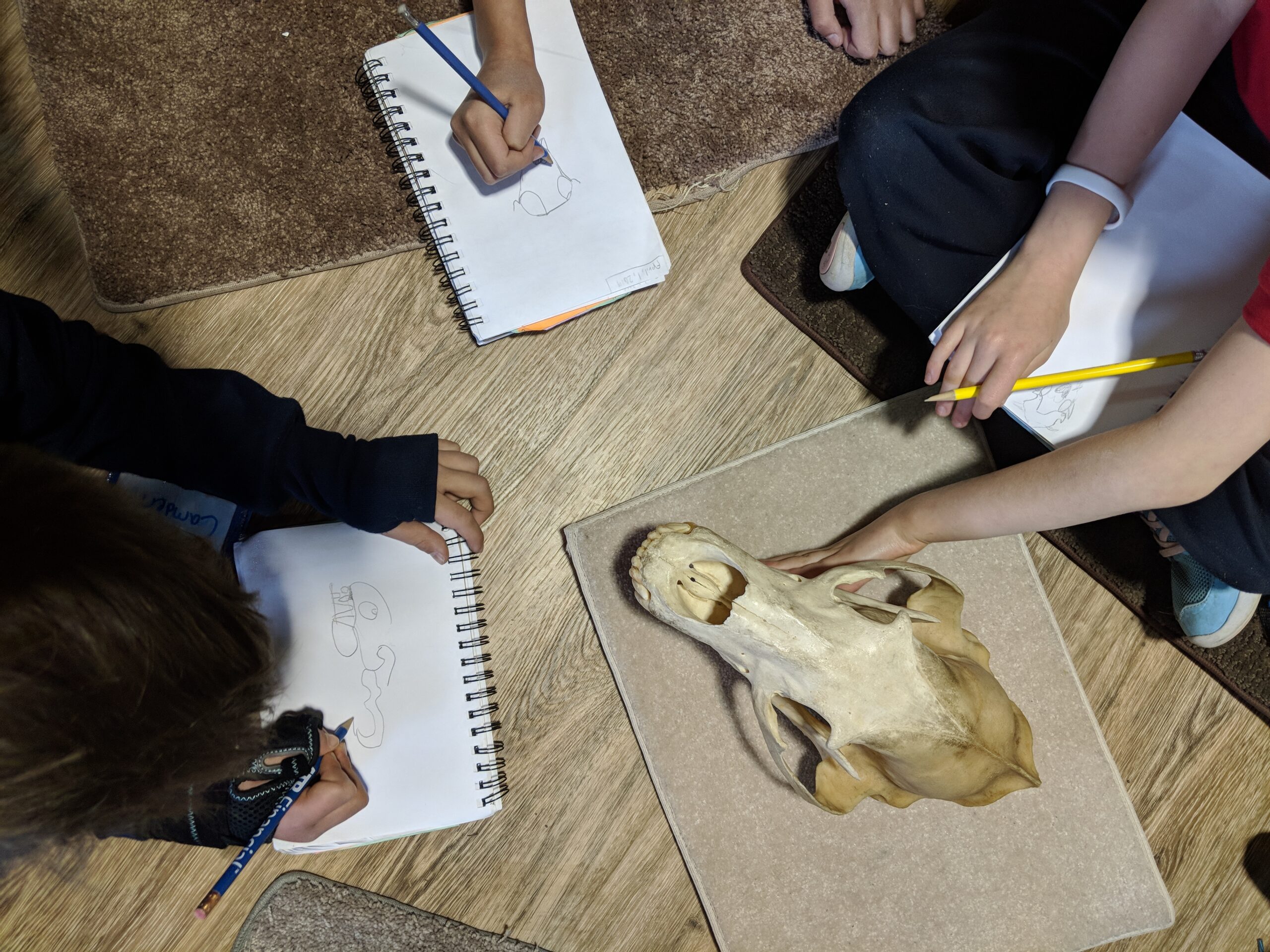
In-School Program Information
Skip the paperwork and bus fees
We bring the zoo to you
Experience the magic of the zoo without ever leaving your classroom! Our in-school programs bring the wild straight to your students, offering engaging, curriculum-aligned experiences for Grades: K-6, 7, 9, and 12. Skip the hassle of off-site paperwork and save on bus fees by bringing the wild straight to your school.
January 2026: We’re excited to offer our in-school programs daily, Monday through Friday, from January 12th to 29th 2026, during the school hours of 9:00 a.m. – 3:30 p.m. Register in August to secure your preferred date!
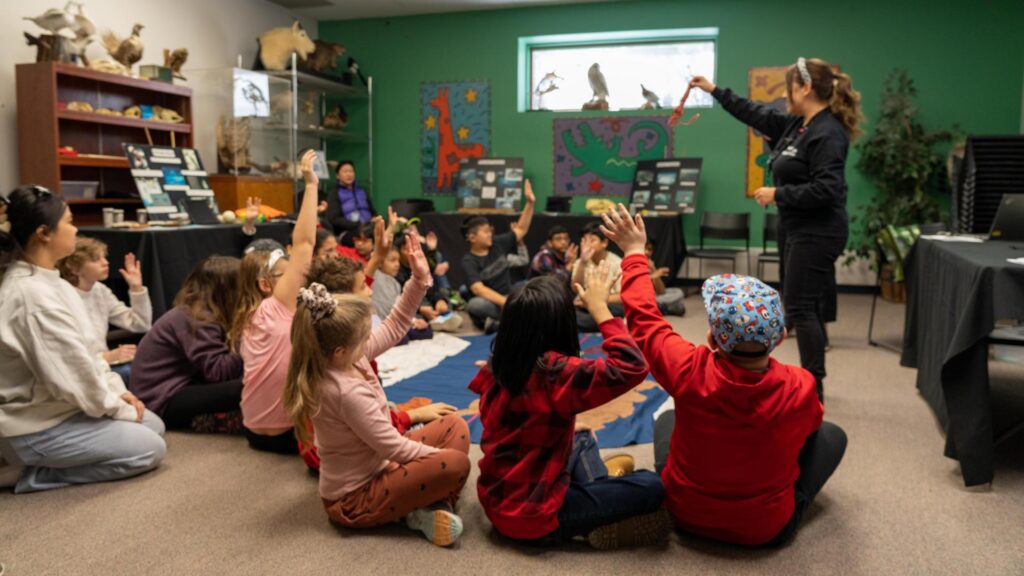
Elementary Programs
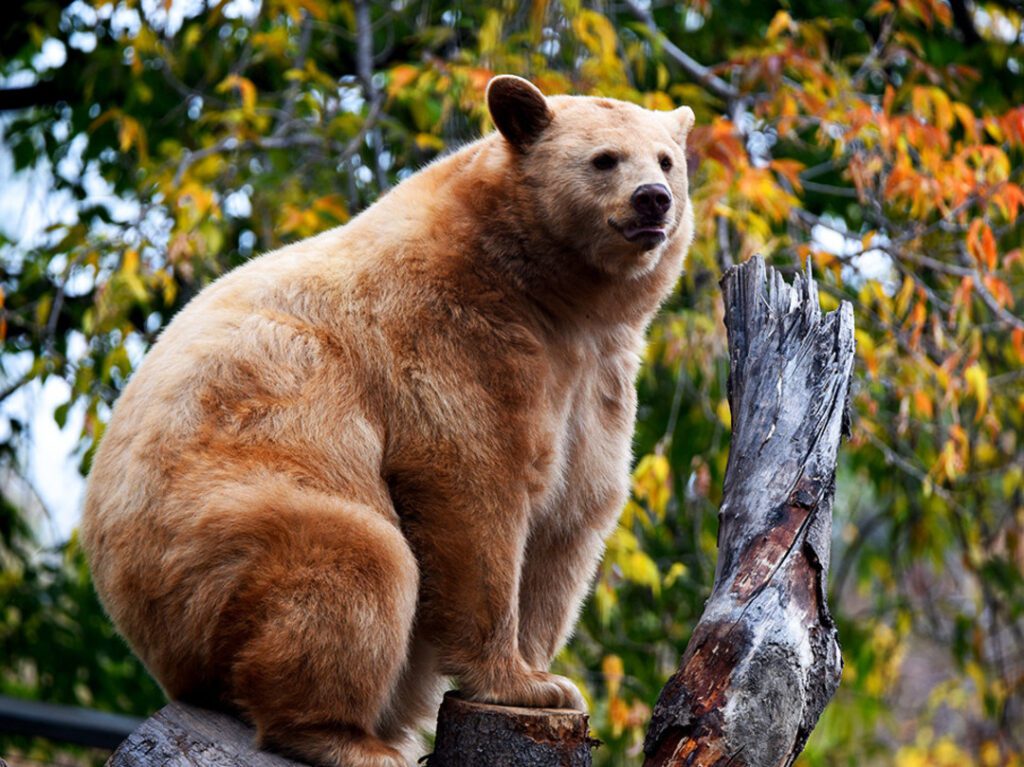
Bear Necessities
Students will gain an understanding of bear species native to Canada. They will examine the question, “How do humans impact bears?” by exploring bear adaptations, their natural habitats and behaviours, and their diets. Throughout the day they will reflect on the story of the bears under human care here at the Wilder Institute/Calgary Zoo by learning about bear safety and how they can help to protect bears so that they can live in their natural environments.
Grades: Kindergarten to grade 3
Length: 60 minutes
Availability: Daily during January. Only on Mondays during February.
Capacity: Up to 27 students
Cost: $525 (2 programs) $600 (3 programs)

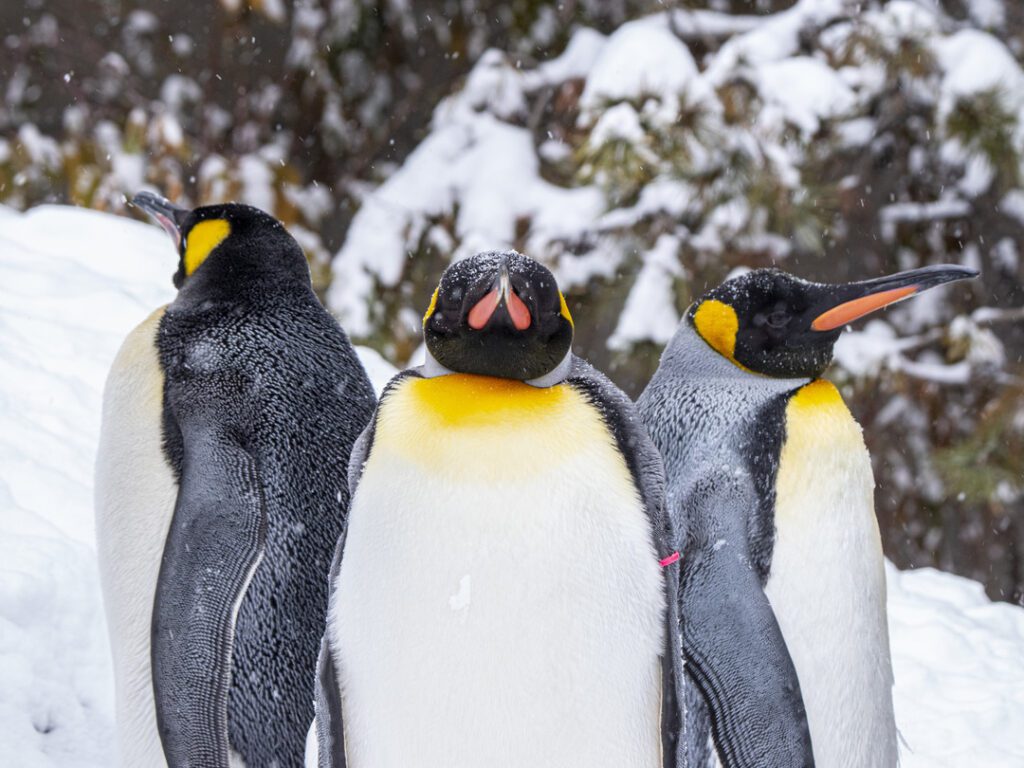
Penguin Palooza
Students will act as conservation scientists rescuing a penguin as they move through various stations learning about adaptations, habitats, prey and predators, and family care. As students learn about penguins they will be guided to reflect on the question, “How does the Wilder Institute Calgary Zoo make a home for penguins?” to determine why zoos are important and how they can benefit our animals.
Grades: Kindergarten to grade 3
Length: 60 minutes
Availability: Daily during January. Only on Mondays during February.
Capacity: Up to 27 students
Cost: $525 (2 programs) $600 (3 programs)
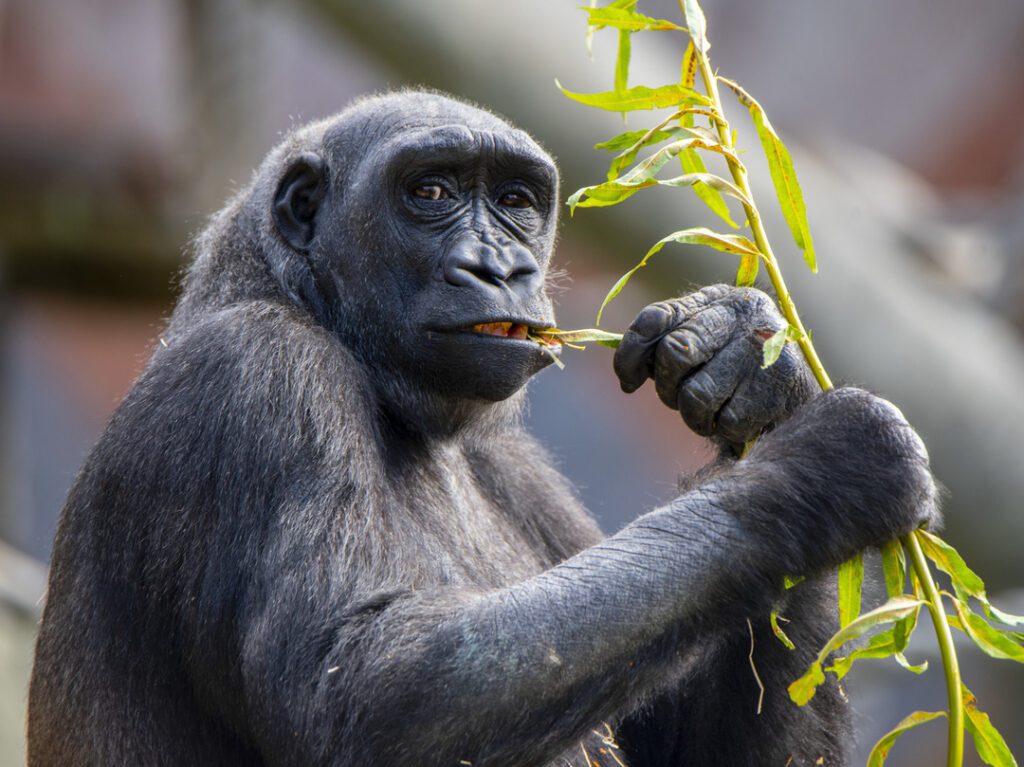
The One & Only Ivan
Inspired by the novel “The One and Only Ivan” by K.A. Applegate, this program compares the life of Ivan from the story to our gorilla troop here at the Wilder Institute/Calgary Zoo. We will be discussing themes of the book; therefore it is best if students have finished the book or movie prior to arriving for the program. We will guide students through the process of analyzing the question, “What is the role of modern accredited zoos?” through initial brainstorming, thoughtful discussion, and observation of our gorilla troop and habitat.
Students should be familiar with the story of Ivan. Ideally classes have competed the novel, the short story book, or have watched the film. This program contains spoilers.
Grades: Grade 4 to 6
Length: 60 minutes
Availability: Daily during January. Only on Mondays during February.
Capacity: Up to 32 students
Cost: $525 (2 programs) $600 (3 programs)
Secondary Programs
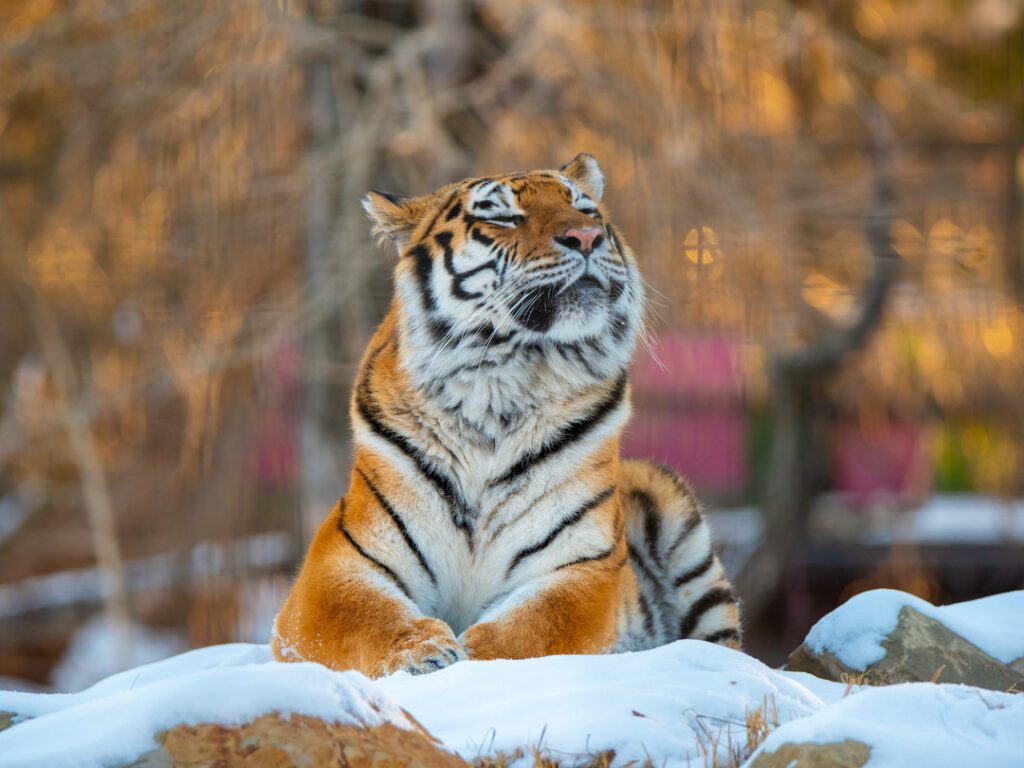
Interactions and Ecosystems
From the tiniest puddle to the highest mountain range, our world is full of ecosystems in which plants and animals interact and survive together. In this fascinating program students will explore the impact of organisms becoming endangered or going extinct. Investigating how the Wilder Institute/Calgary Zoo contributes to wildlife conservation, students will work towards answering the question, “How might we reduce our impact on natural habitats so that we can maintain healthy ecosystems?”
Grade: 7
Length: 3 hours
Availability: Daily during January. Only on Mondays during February.
Capacity: Up to 37 students
Cost: $365 (1 program) $615 (2 programs)
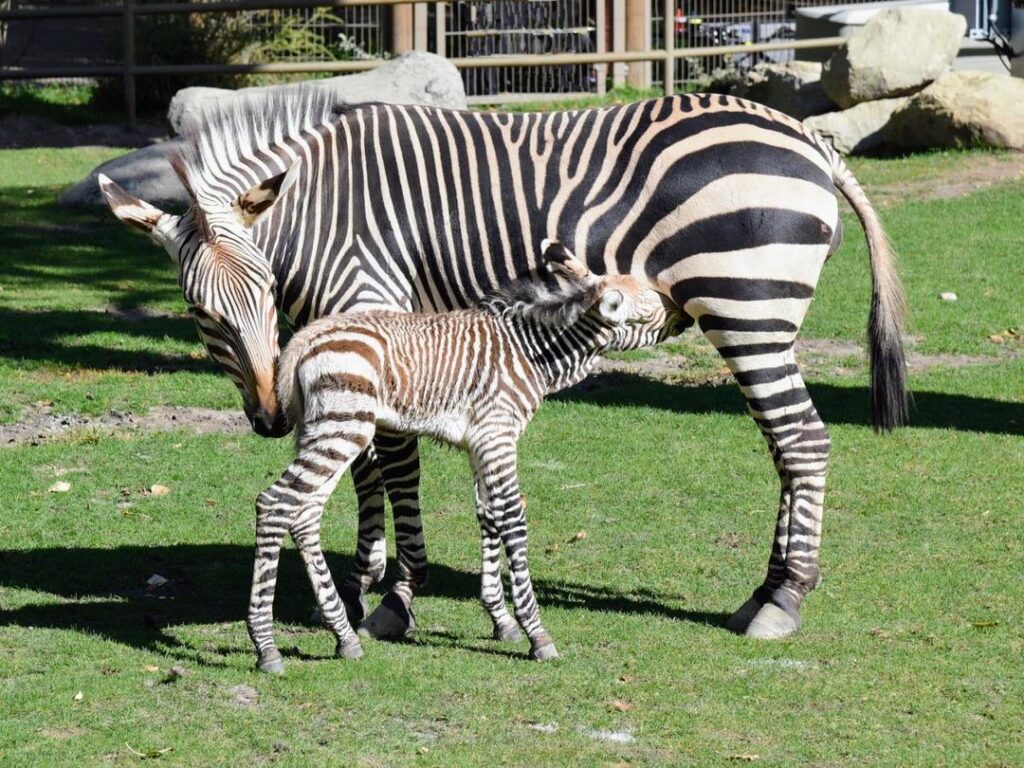
Biodiversity
Students will be investigating three different levels of biodiversity: genetic diversity, species diversity, and ecosystem diversity. As students explore the nature of reproduction, we’ll learn about the mating behaviours of some of our resident animals and examine how animals preserve biodiversity within their species. Students will learn how researchers apply this knowledge to the Species Survival Plan initiative as well as discover the science behind other captive breeding programs. Throughout the day students will reflect on the question “How might we communicate the importance of biodiversity and what actions can we take to support it?”
Grade: 9
Length: 3 hours
Availability: Daily during January. Only on Mondays during February.
Capacity: Up to 37 students
Cost: $365 (1 program) $615 (2 programs)
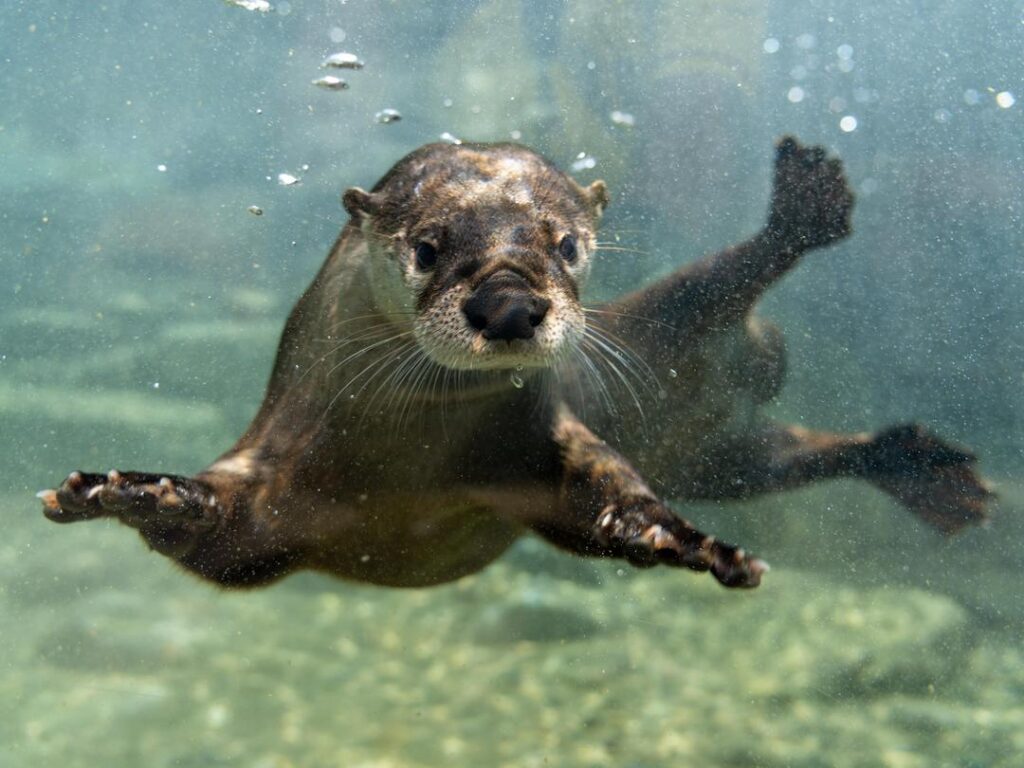
Biology 30: Population and Community Dynamics
Conservation is the primary focus, drawing on important concepts such as biological and genetic diversity to better understand this complicated process. While observing some of our animals, students will discuss key terms and explore population management strategies. The students will examine the many challenges we face in conservation work by reflecting on the question “What role can society play in maintaining wildlife populations?” and apply what they have learned in class to finding solutions.
Grade: 12
Length: 3 hours
Availability: Daily during January. Only on Mondays during February.
Capacity: Up to 37 students
Cost: $365 (1 program)

Important Program Information
- New this January! In-school programs are available daily (Monday-Friday) January 7-30th, 2025.
- In-school programs continue to be available on Mondays only in December, and February.
- A mileage surcharge will be applied to schools outside of Calgary city limits.
- The default booking for elementary programsis for a full day (three consecutive programs offered at one location on the same day). To book a half day (two consecutive programs offered at one location on the same day), select your program and the date and note your half day preference on the booking form.
- The default booking for secondary programs (Biodiversity, Interactions, and Ecosystems) is in pairs, with two classes receiving concurrent programs at one location on the same day. To book for one single class, select your program and the date and note your single class preference on the booking form.
- Biology 30 is only offered for a single class at a time on any given day.

The Vermilion Energy Zoo Explorers Program
The Vermilion Energy Zoo Explorers program ensures all students in Calgary have the chance to experience the zoo’s unique education programs. This fund subsidizes program fees and bus services for eligible equity schools.
For the 2024-2025 school year, we have funding available for students from kindergarten to grade 6 to participate. When booking, please inquire for more details on how your students can benefit from this opportunity for on-site, in-school, or virtual programming.

Ovintiv Wilder Academy
The Ovintiv Wilder Academy program provides students in grades 7 to 9 from eligible equity schools the chance to experience the zoo’s unique education programs. This fund, generously provided by Ovintiv, subsidizes program and bussing fees.
When booking, please inquire for more details on how your students can benefit from these opportunities for on-site, in-school or virtual programming.

Wilder Academy
The Wilder Academy for students in grades 10 – 12 is funded by generous support from Pivotal Energy and is available for eligible equity schools to received subsidized programs and bussing.
When booking, please inquire for more details on how your students can benefit from these opportunities for on-site, in-school or virtual programming.

